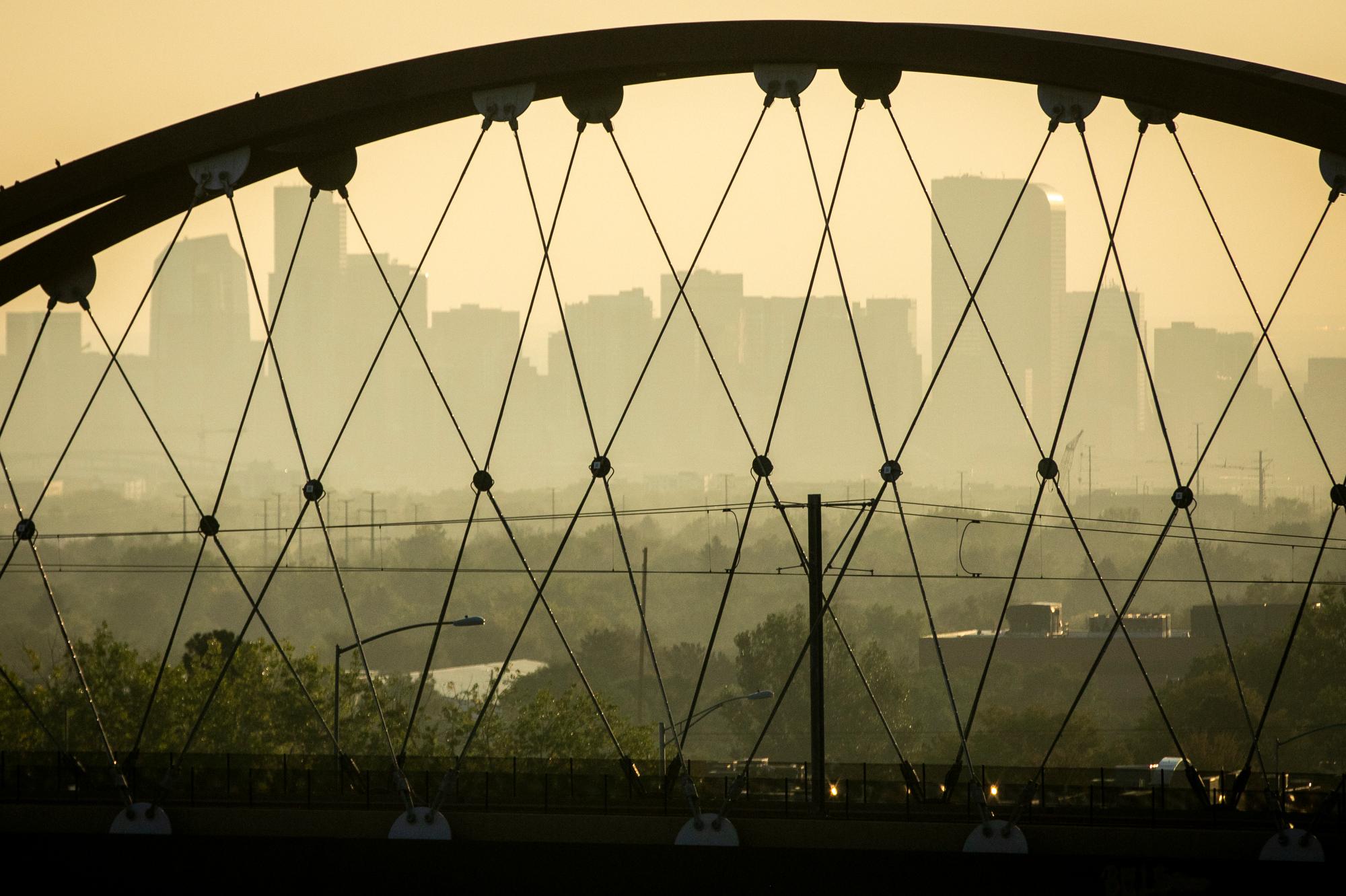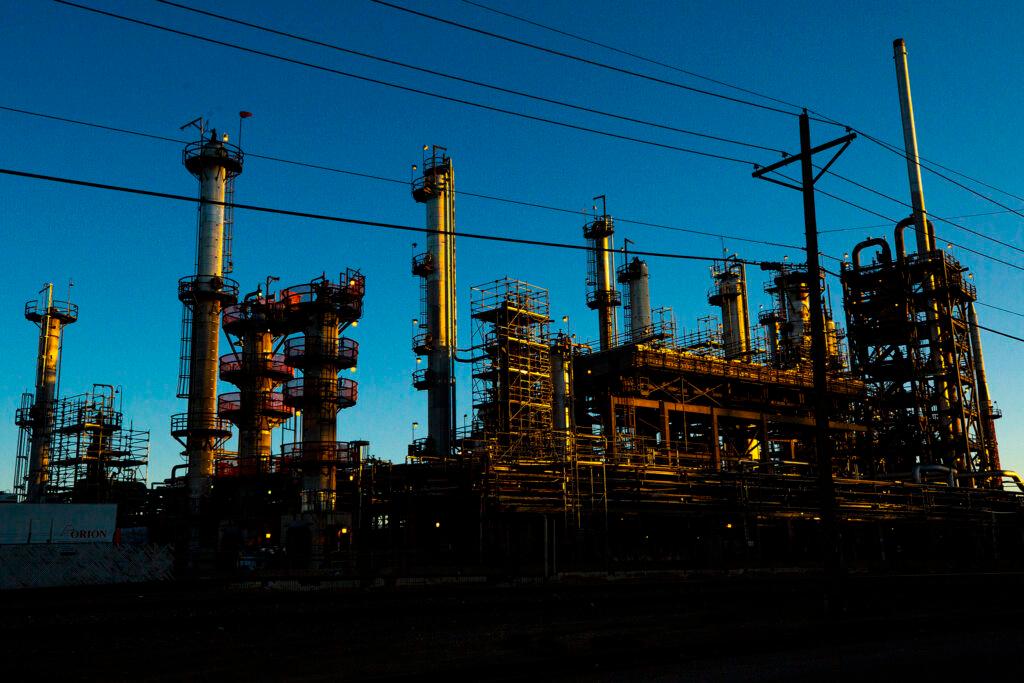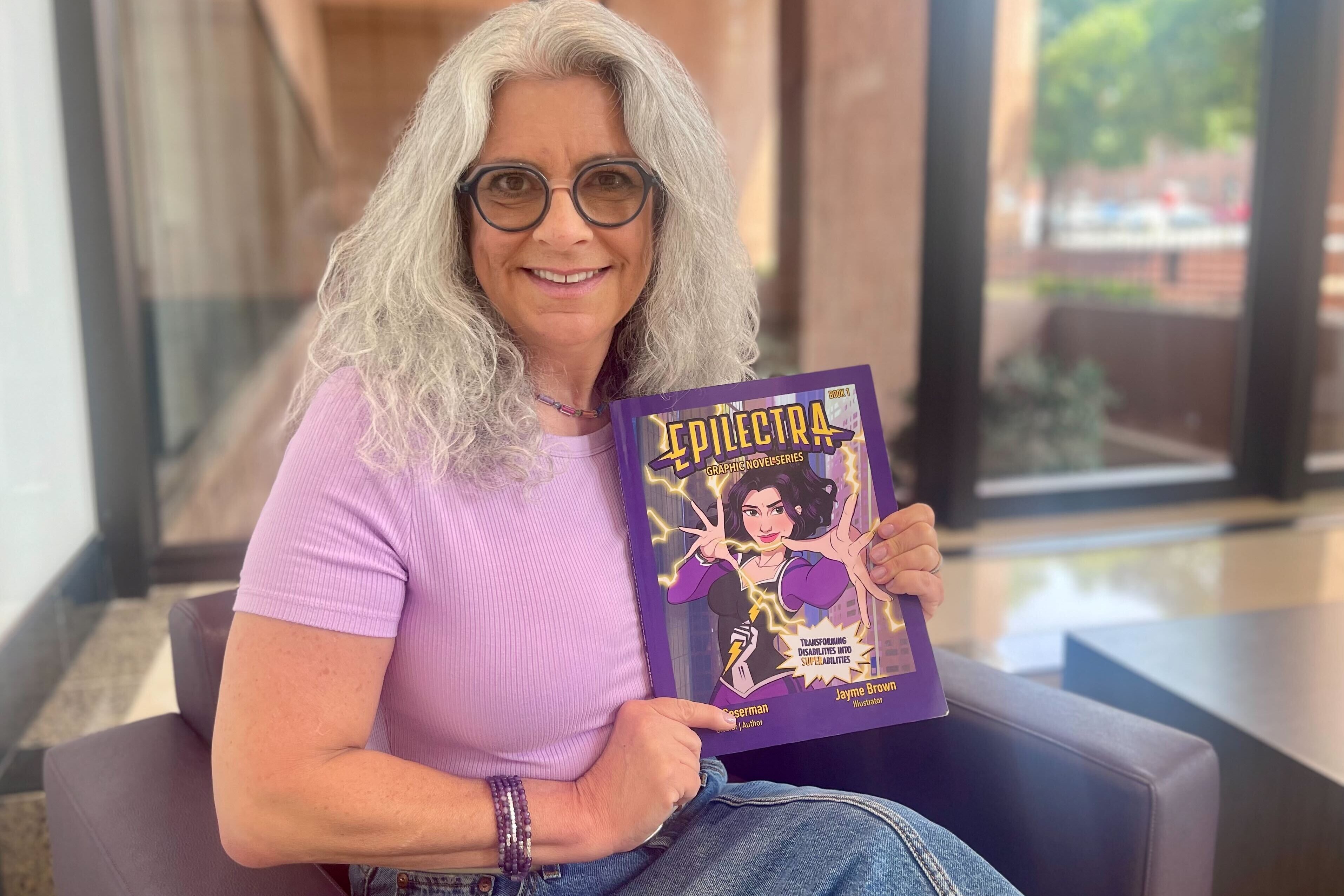
When air quality on the Front Range is bad, it’s often because of ozone — a gas created by a mixture of emissions from cars, oil and gas drilling and industrial facilities, combined with the heat and light from the summer sun.
A big chunk of the Front Range actually doesn’t meet the Environmental Protection Agency’s standards for ozone and clear air. This map shows the areas that are considered in serious ozone violation.
A new study finds that warmer temperatures with climate change are making things somewhat worse, and that climate-consequences are falling harder on historically disenfranchised and frontline communities.
Scientists at National Jewish Health in Denver, along with the Union of Concerned Scientists, found that the changes to the climate since the 1950s have helped speed up the production of ground-level ozone. Dr. James Crooks is an associate professor of biostatistics at National Jewish Health in Denver. He said the goal of the study was to figure out how much ozone there’d be without the last 60 years of human-caused warming.
He said the finding sounds small — climate change has increased ozone levels by about 1 percent. But that seemingly small contribution has delayed the Northern Front Range’s ability to meet the EPA’s ozone standards by two years, the study found.
“It’s relatively modest now, but it’s certainly expected to grow in the future as the climate continues to warm,” Crooks said.
Impact is felt more by Hispanic neighborhoods and by those with chronic conditions
And the impacts weren’t felt equally along the Front Range. When Crooks and the researchers looked at census data, they found a greater increase of ozone in places where more Hispanic residents live and in areas where more people have chronic diseases like asthma and diabetes.
Crooks said that in order to reduce that exposure, there would need to be a radical reduction of emissions in these areas that both cause ozone and climate change. These affected groups would benefit the most from that change.
“That really makes it important for us to get a handle on the emissions that are causing the ozone problem now, before it becomes even bigger problems in the future,” Crooks said.
Ground-level ozone contributes to smog and haze, and breathing it in can cause coughing, pain in the chest, shortness of breath and throat and eye irritation. And more ozone exposure is associated with increased asthma attacks, hospital admissions, daily mortality, and other markers of morbidity.
The study specifically mentions the residents of Denver’s Globeville Elyria-Swansea neighborhood, an area that has multiple highways, marijuana growing operations and Suncor — the state’s largest oil and gas refinery. The community has fought to have the refinery’s operating license revoked over its impact on air quality and contribution to ozone creation. Suncor is a financial supporter of CPR News.
Alfonso Espino is a community organizer with the Globeville Elyria-Swansea Coalition, a group that advocates for health and housing justice. Espino has lived in these neighborhoods his whole life. His grandfather came here because of the available meat packing jobs, and Espino’s aunts, cousins and friends all call this area of Denver home.

Espino said it's infuriating to hear “over and over” how his community, and communities that “look like ours, are made up like ours,” bear the brunt of climate change and environmental health impacts.
“This is nothing new. Our communities for a long time have been designated as one of the most polluted in the country,” Espino said. “We’ve never been silent on it, we’ve always been very vocal about that.”
Property researchers found that 80216, the zip code that includes Globeville and Elyria Swansea, had the highest environmental hazard risks. There are criticisms of that report and how it came to its conclusions, but that’s not to say north Denver is in great shape — the neighborhoods within it are still among the least healthy in Denver.
Espino said that’s why communities like his are organizing, to make an effort to change that reality. He wants entities like the City of Denver to build a relationship with its residents for restorative justice, but doesn’t see that happening.
“Just look at the conditions that we’re still living in,” Espino said.
Decades of vocalized concerns have gone unaddressed, he said, and that more attention is being paid to air quality the last few years because of the widespread wildfire smoke that’s impacting more affluent communities.
To address the root cause of these disproportionate impacts, and the harm of environmental racism, he said victims need to be at the forefront of the conversation.
“The solutions and the conversations should be spearheaded by the most impacted,” Espino said.









